From Our Daily Report
-
Protests are reported from more than 30 cities across the word as part of a global day of "Rage for Aleppo" to oppose the siege and bombardment of Syria's largest city.
-
The UN Assistance Mission in Afghanistan condemned an air-strike launched by an unmanned aerial vehicle that struck a civilian home, killing 15 and injuring 13, including a child.
-
The UN Working Group of Experts on People of African Descent issued a report concluding that African Americans are owed reparations for historical and ongoing "racial terrorism."
-
The US is investing at least $50 million in a military air base in Niger that will be capable of deploying drones to police the greater Sahara and Sahel regions.
WAR IN UKRAINE
The View from the East Village
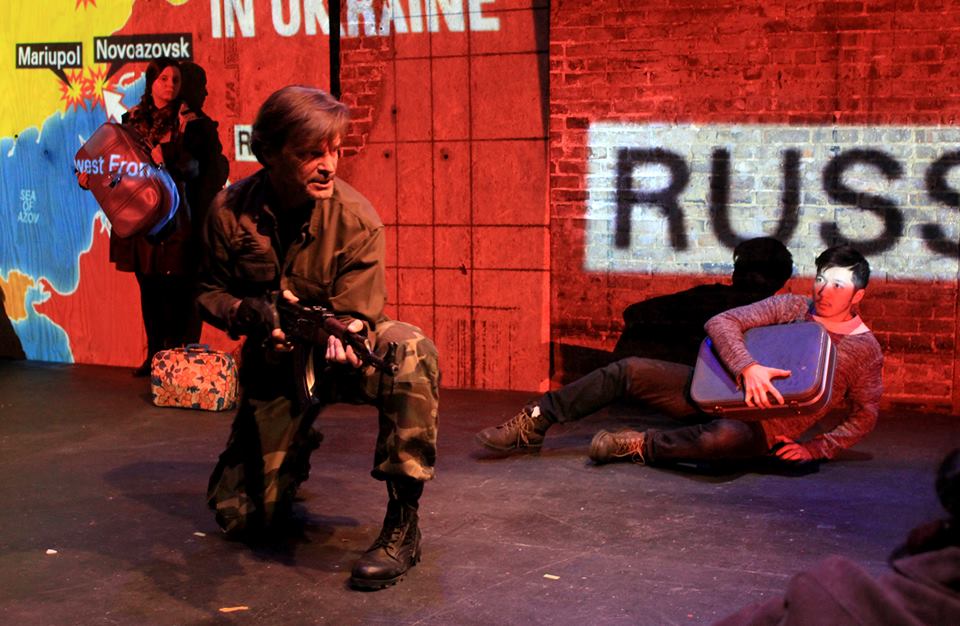
by Bill Weinberg, The Villager
As I write, Russian tanks are amassing on the line that separates those areas of Ukraine controlled by the Kiev government from the Crimean Peninsula, now unilaterally annexed by Moscow. Kiev has placed its armed forces on high alert, and there are fears of full-scale war.
In addition to the Crimea stand-off, for two years Ukraine has faced a Russian-backed separatist revolt in the eastern enclaves of Donetsk and Luhansk. Despite official denials, Russia is widely thought to have troops there, backing the separatists.
All this was set off by the 2014 Maidan revolution—named after Kiev's central square, which was occupied by protesters over the bitter winter of 2013-4, to demand the ouster of President Viktor Yanukovich. Just as Britain recently voted to flee the European Union, Ukrainians were seeking closer ties to it. For the Maidan protesters, the EU represented guarantees for human rights and transparency in a country dominated by corrupt oligarchs.
Yanukovich represented the epitome of this kind of political animal, and set off the Maidan movement by rejecting a treaty for preliminary ties with the EU in favor of one for closer integration with Russia. He was finally removed by a vote of parliament in February 2014. By then, some 200 had been killed in repression, and some on the side of the protesters had started to arm. New elections were held in May, bringing the more Euro-friendly Petro Poroshenko to power. But separatists seized the east, and Russia annexed Crimea.
Even if you don’t follow international news, it was hard to be unaware of all this if you live in the East Village. From the early days of the Maidan movement, a wall on the east side of Second Ave. between St. Marks Place and 9th Street displayed news clips from Kiev and messages of support for the protesters—adorned with the blue-and-gold colors of Ukraine and the trident that is the symbol of the nation.
ANOTHER WEEK CLOSER TO FASCISM
Putin Shows What Trump Has in Store for America
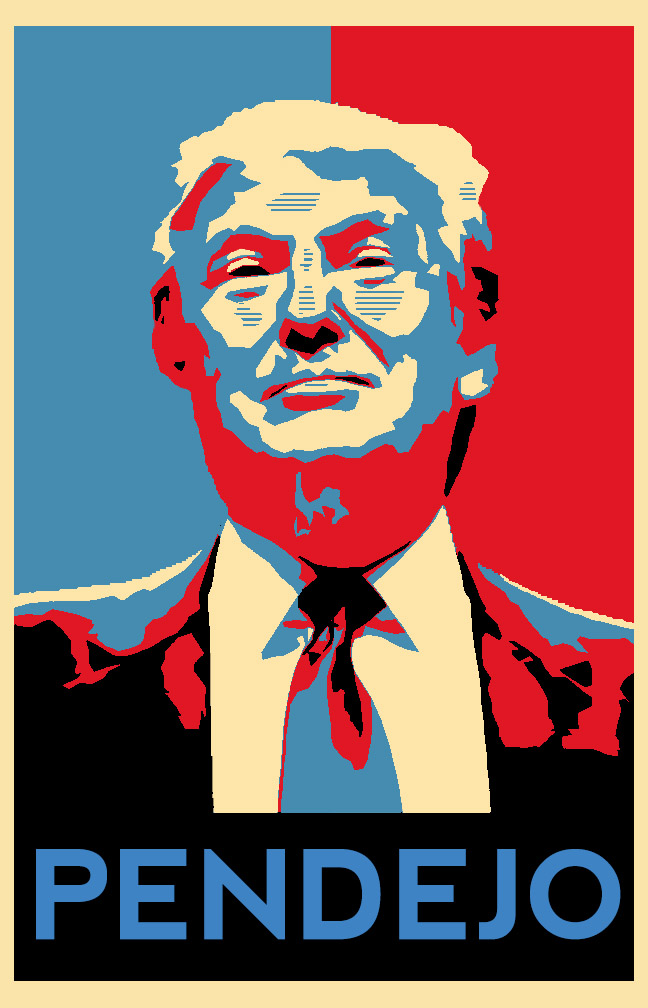
by Michael I. Niman, The Public
It might seem like I'm writing a lot about fascism lately. It's just the drought of journalists using the F-word that makes any use of the word stand out—this as a bona fide fascist is within striking distance of the White House.
In case you were on the fence and reluctant to believe that the Republican candidate for president—the one who claimed he could shoot a man in the middle of Fifth Avenue without losing steam among his supporters—is a fascist, this week’s pronouncements by him and his allegedly more palatable running mate reiterate the point.
As he climbs back up to a statistical dead heat in the polls, Trump complimented Vladimir Putin for his leadership style. Media criticism focused on the fact that Putin ordered the invasion and occupation of Ukraine's Crimean peninsula. Others dusted off Cold War tropes to remind us that we hate the Russians. All of this misses the point that Trump zeroed in on Putin's leadership style. This demands that we look at how he treats his own people—how he leads his own nation.
SELF-ORGANIZATION IN THE SYRIAN REVOLUTION
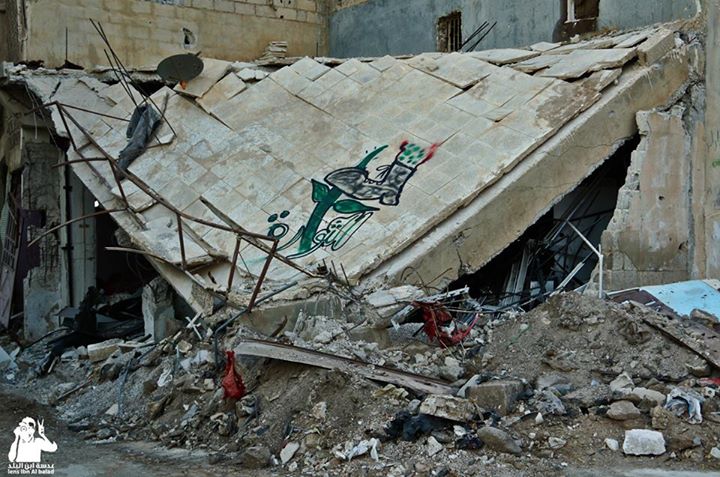
by Mark Boothroyd, The Project
Behind the headlines and vicious brutality of Syria's civil war lie amazing examples of self-organization, the story of which is largely unknown to most in the West. It is this self-organization, and not Saudi or Turkish aid, which has allowed the revolt to sustain itself through six long brutal years of repression and war.
The earliest form of self-organization in the revolt were the tanseeqiyat, coordination committees formed by groups of friends and activists based in each neighborhood or town, who would rally their community for protests and demonstrations. As the revolution progressed, the tanseeqiyat were superseded by the more overtly political Local Coordination Committees (LCCs). These were committees of activists, elected or nominated from different areas, which coordinated across the country. They were anti-sectarian, opposed to foreign intervention, committed to non-violent revolt against the dictatorship, and wanted the formation of a democratic civil state. They organized protests, publicized films and reports of the revolution, coordinated days of action, and as repression mounted, provided humanitarian aid to districts and neighborhoods in revolt. They sought to direct the mass of protests towards the non-violent overthrow of the regime.
THE FALL OF DARAYA
From Roses to Evacuation
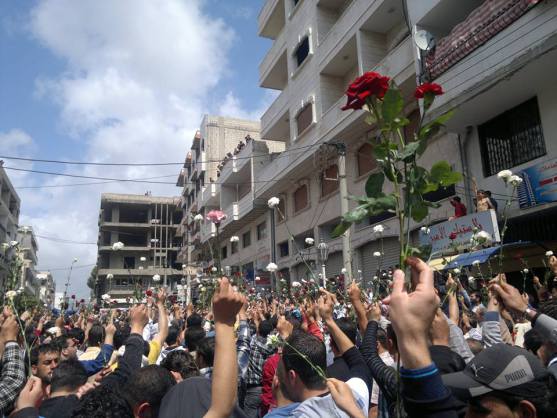
by Leila Al Shami
Four years following its liberation, the predominantly agricultural town of Daraya, strategically located near Syria's capital, has fallen to the regime. A deal was reached to evacuate the 4,000-8,000 civilians remaining from a pre-uprising population of 300,000. The local fighters who defended their town so courageously will go to Idlib and join the resistance there.
Daraya's residents know that they may never return to their homes. Photos circulated on social media showed residents gathered at the graves of loved ones to say goodbye. Fears abound of a plan to cleanse opposition strongholds permanently; and in previous evacuation deals, even those carried out under UN auspices, many were detained by the regime, never to be seen again.
CLIMATE CHANGE AND CREATIVE REVOLT
Fires in Canada, Drought in India Inspire Fight for Environmental Justice
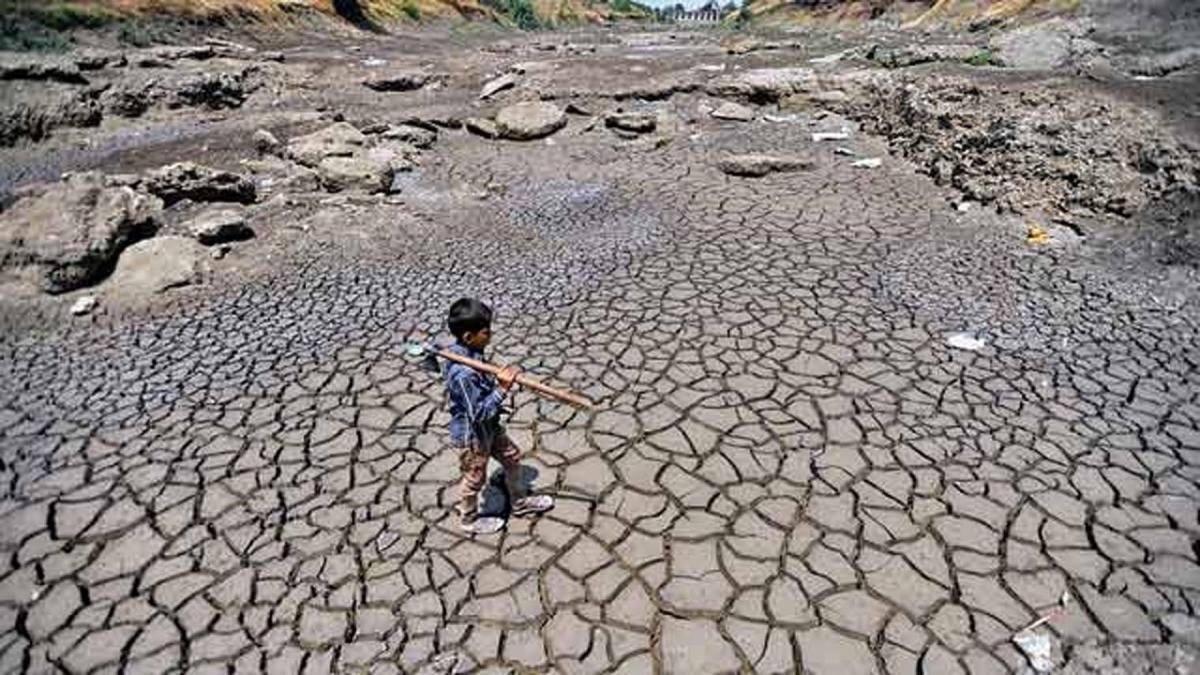
by Franklin Dmitryev, News & Letters
Throughout May, a wildfire raged in Alberta, Canada, spreading to Saskatchewan. On May 3 it swept through the city of Fort McMurray, forcing the evacuation of all 88,000 people, some of whom are still unable to return. At press time, it is still burning, having covered about 1.5 million acres. Most of that is forest, producing emissions of greenhouse gases equivalent to 100 million tons. That is just a rough estimate, but it compares to the yearly emissions of about 40 of the poorest countries, or six times what is emitted by 20 island nations at risk of losing much or all of their land to rising seas
The Fort McMurray area had been the permanent or temporary home for many workers in the Athabasca Tar Sands, where the world's biggest industrial operation extracts bitumen to produce heavy crude oil. Some of it is piped into the US to refineries such as the BP plant on the Indiana shore of Lake Michigan. Dozens of people were arrested in May protesting that plant's expansion to handle more tar sands oil. Some of that bitumen spilled near Battle Creek, Mich., in 2010 and may never be fully cleaned up, turning some of the neighbors into self-described "accidental activists." The extraction and refining processes are so energy-intensive that, combined with the vast size of the tar sands deposit, leading climatologist James Hansen called it "game over for the climate" if the tar sands get fully exploited.
PERU'S NEW GOVERNMENT WANTS MORE CHINA
by Nelly Luna Amancio, Diálogo Chino
Peru's new president, Pedro Pablo Kuczynski (known as PPK), intends to stimulate the country's economy by processing and refining minerals, in addition to simply exporting them. Since his victory in the runoff election on June 5, Kuczynski has declared the need for Peru to prioritize both mineral extraction and trade relations with China.
China is Peru's biggest investor. With this in mind, Kuczynski—who will replace the outgoing President, Ollanta Humala, at the end of July—described as "necessary" a trip to China ahead of the Asia-Pacific Economic Cooperation (APEC) forum in Lima in November, his first official visit overseas. "China is our number one trading partner and they are the ones who purchase our minerals," he said.
"We are an economy with enormous natural resources, but we have to industrialize and that is no easy task. So, we will have to work with those who buy significant amounts of our exports, which means, to a large extent, China," Kuczynski insisted during the Eleventh Business Summit of the Pacific Alliance in Lima in June.
GREEN PARTY, WHITE PRIVILEGE
by Michael I. Niman, The Public
This might be a great year for the Green Party, which some polls are predicting could score a record-shattering five percent or more of the popular vote in the upcoming presidential election. Hillary Clinton is a tool of Wall Street and corporate interests such as Wal Mart, on whose board she once served. And Donald Trump, of course, is a fascist. The Libertarians want to do away with environmental and labor protections and open the door further for corporate pillage. This leaves opportunity for a strong Green Party run with the comparatively benign Jill Stein, who wants to grab the crown off Bernie Sanders' head and hijack the movement his candidacy created.
The Green theme is generally the same as it was when I was an elector for Ralph Nader 16 years ago—vote "your hopes, not your fears," only now it's "vote your conscience." George W. Bush, however, despite arguments that he was "the worst president in history," and the reality that his foreign policy birthed endless wars and ISIS, never posed the level of threat that Trump presents. Trump is a bona fide fascist who assembled a following based on a cult of personality. Delegates at his Republican Convention, the whitest GOP soiree in over a century, regularly chanted for his political opponent to be jailed, presumably after his coronation. One campaign insider called for her execution.
DEFEAT PENDEJO-FASCISM!
Bernie is OK — but not 'or Bust'
by Bill Weinberg, The Villager
A few weeks ago, I wrote about a protest by members of New York's Peruvian immigrant community in Union Square, to oppose the candidacy of Keiko Fujimori in the South American country's presidential race—the daughter of imprisoned ex-dictator Alberto Fujimori, who intransigently defends her father's blood-drenched legacy. Peru's left mobilized for her defeat.
Keiko was opposed by a merely odious center-right technocrat and former cabinet minister, Pedro Pablo Kuczynski, or "PPK." Verónika Mendoza, the left-wing candidate who was bumped out of the race in the first round in April, urged her supporters to vote for pro-corporate conservative PPK, so as to keep openly fascistic Keiko out of office—and to be prepared to build a vigorous opposition from his first day on the job.
It was a very close vote, but it worked—PPK won by the proverbial hair in the June 5 run-off.
As if to drive home the point that PPK is merely a lesser enemy (but still very much an enemy), soon after his election he unveiled an economic program that calls for privatization of Peru's communal indigenous and peasant lands—and their sale to mining, oil and agribusiness interests. Land-grabs by corporate interests have already been a source of much rural unrest in Peru in recent years.
I hope the analogy is clear.





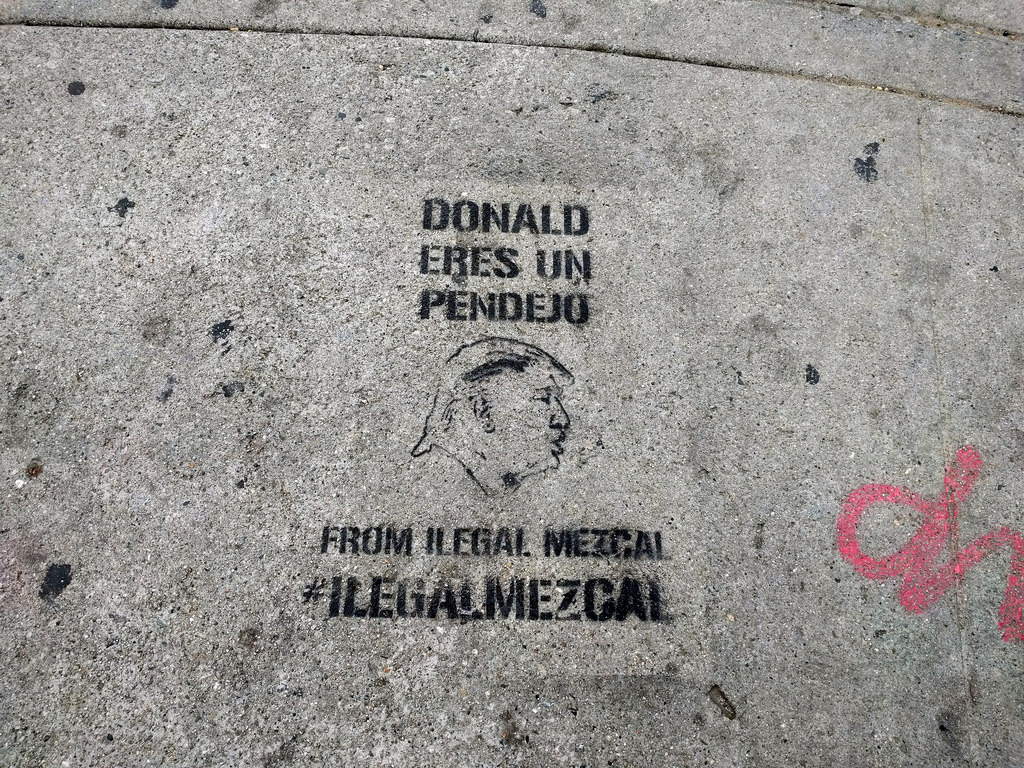




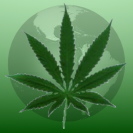






Recent Updates
15 hours 16 min ago
15 hours 45 min ago
18 hours 34 min ago
2 days 12 hours ago
2 days 15 hours ago
2 days 15 hours ago
3 days 19 hours ago
4 days 18 hours ago
4 days 18 hours ago
6 days 12 hours ago